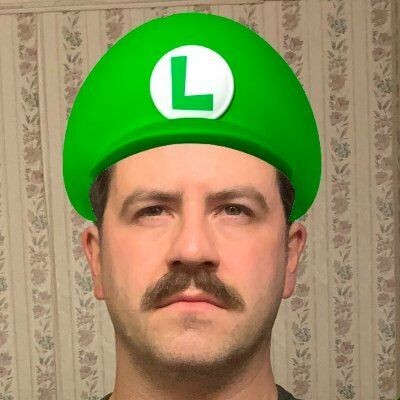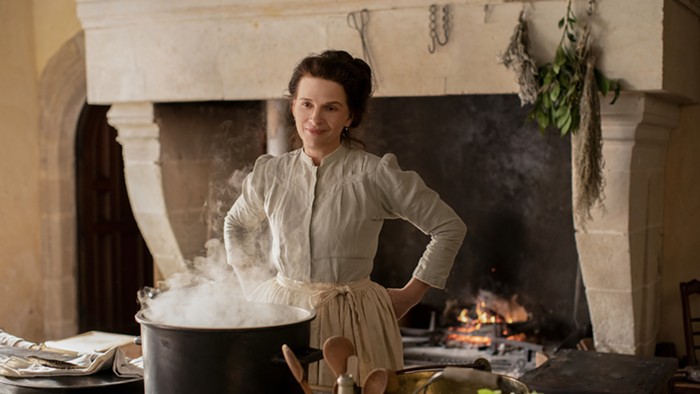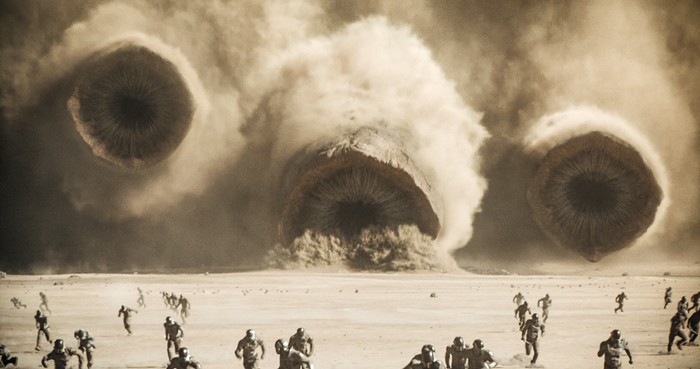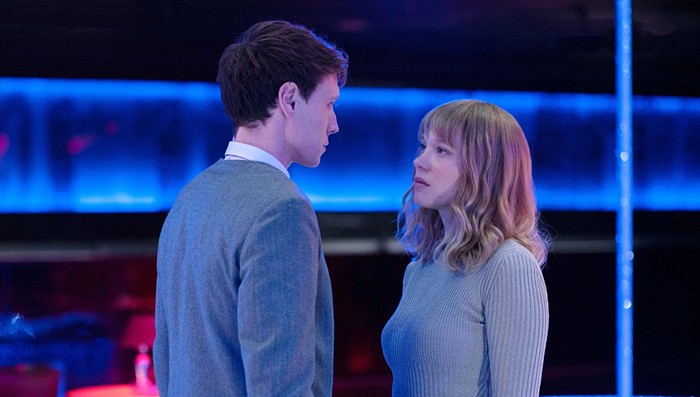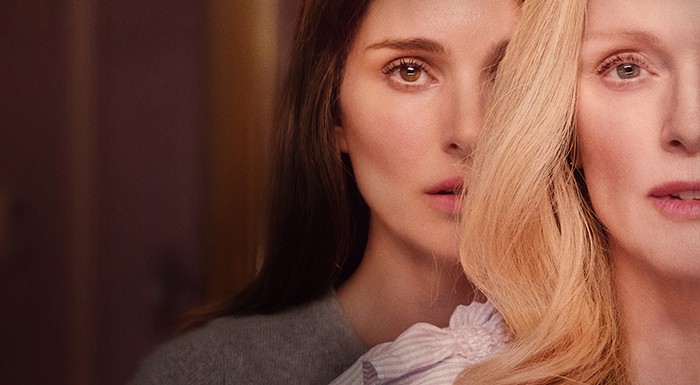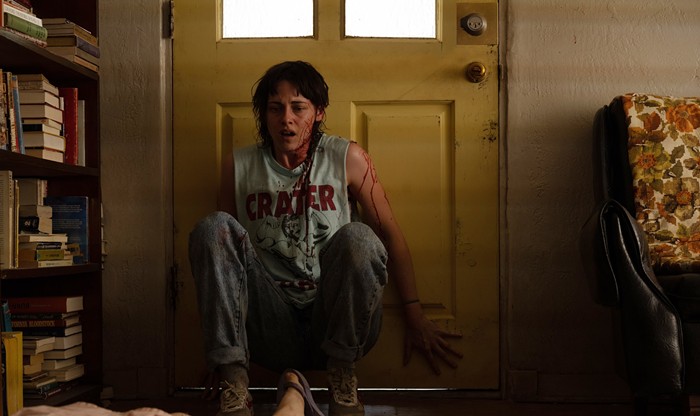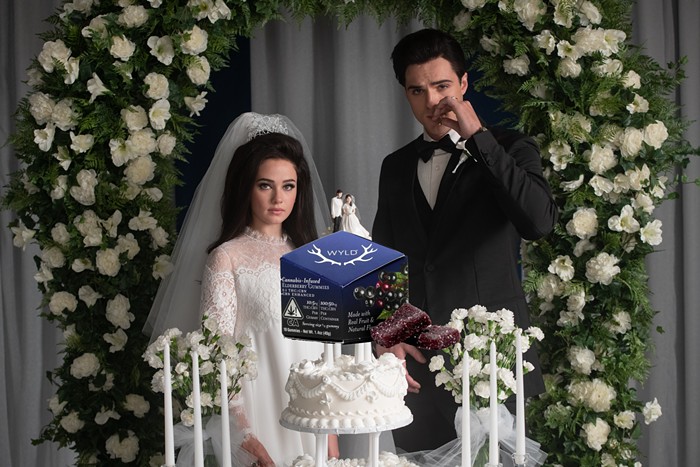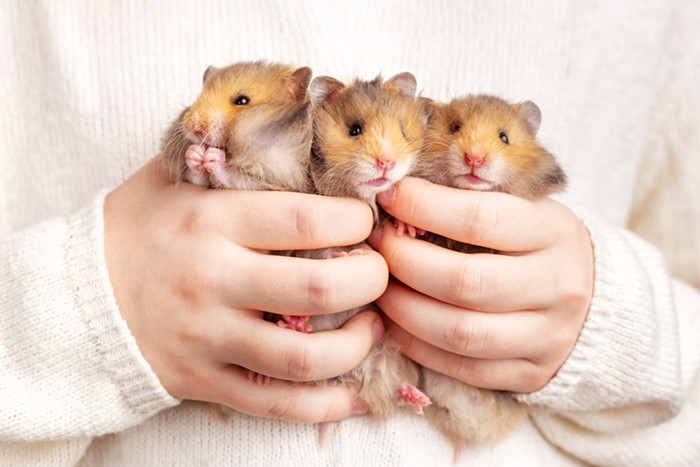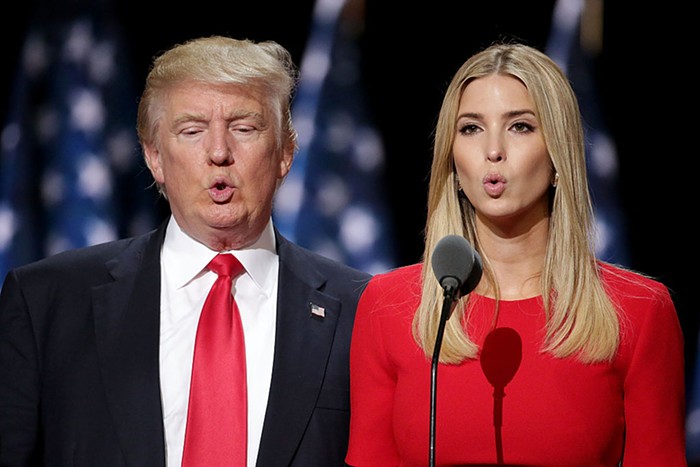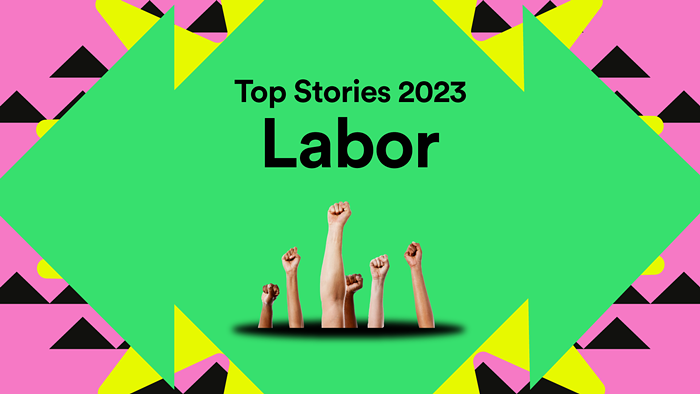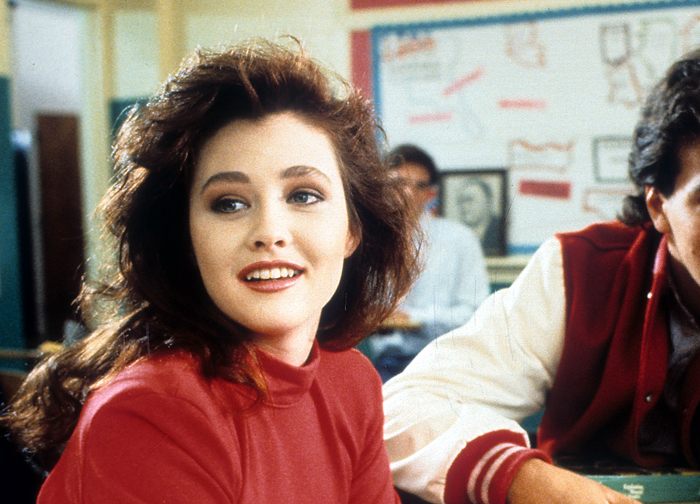For a film that begins in 1910 during the Great Flood of Paris, The Beast feels achingly alive with the anxiety of existing in 2024.
Based in part on Henry James’s 1903 novella, The Beast in the Jungle, about a man who believes his whole life is steered toward an impending catastrophe, the latest and tenth film by Bertrand Bonello finds that same “deep-seated feeling that something terrible will occur” in the heart of a woman named Gabrielle (Léa Seydoux), and bends eternity around it. Across three lifetimes, Seydoux plays a lovelorn woman who waits for doom. Whatever that doom is, it doesn’t matter; it might as well be the apocalypse.
If that seems like the stuff of a great, sappy cinematic romance, it is, but the work of Bonello tends to refuse simple categories. The French multi-hyphenate (director-writer-composer) makes destabilizing films, ever-shifting emulsions of form and genre.
Especially in his films from the past decade, Bonello will often begin by telling one kind of story only to transform it, both suddenly and slowly, like an oil slick rainbowing across a puddle of rainwater, into another kind of story altogether.
Zombi Child, from 2019, turns from teen paperback pulp to gothic period piece to supernatural drama. 2016’s Nocturama begins as a sleek thriller about young activists planning a terrorist attack before morphing into something else, then something else again.
Like Gabrielle waiting for the metaphorical “beast” to swallow her whole, with a Bonello joint you’re always prepared for something to happen, for the whole film to veer into terrain both surreal and unsettling.
Splayed out over three narratives, The Beast opens in 1910. Gabrielle, a renowned pianist married to the owner of a successful Parisian doll factory, becomes reacquainted with Louis (George MacKay), a man she’d met some years before. He claims it was three years, while she swears it was six, but however long ago it was he hasn’t forgotten the secret she told him: She’s afraid of a huge, perilous, unknown event that will befall her. It’s a fear so pronounced, and so vague, it’s weighed heavily on every relationship she’s ever had.
Fast-forward to 2014. This version of Gabrielle house-sits for a wealthy homeowner in LA while struggling to make it as an actor, or as a model, or as whatever it is she wanted to be when she decided to move to the States. She’s not so sure anymore, mostly mired in late nights at clubs and faceless days on set in front of green screens shooting barely-explained “woman in trouble” scenes, trying desperately to make sincere connections with the beautiful people around her.
Meanwhile, an incel iteration of Louis—a college student who blames his virginity at 30 years old on the wickedness of all women—stalks her silently, his video diatribes modeled not-so-surreptitiously on those of Santa Barbara mass-murderer Elliott Rodger.
In 2044—shot in a 4:3 aspect ratio by Bonello’s regular cinematographer Josée Deshaies—Gabrielle reluctantly undergoes a goopy procedure to revisit her past lives with the intention of scrubbing their trauma from her DNA.
Led by artificial intelligence, society has eradicated most problems, as well as most human emotion (called “affects” in futurespeak). The scrubbing happens via a past-life rejuvenation procedure, which generally involves submerging oneself in a bathtub of black goo like Baron Harkkonen in the other major film this year to feature a bathtub of black goo, Dune: Part Two.
As Gabrielle reviews her previous selves—and the film sways between them—she crosses paths with 2044 Louis, hoping that in this life they can finally be together. The future she traverses is a melange of sci-fi movies, with echoes of Jean-luc Godard’s Alphaville, or George Lucas’s THX 1138, or even Minority Report with the whole “vat of goo” motif. Similarly, Gabrielle visits night clubs with years for themes, like club “1972,” where DJs play the Pointer Sisters, or club “1980” where everyone dresses like Robert Smith and Boy George.
One night, Gabrielle briefly asks a fellow reveler why the club is themed like 1972. He doesn’t know, because there is no point to it, it just is like that—all this in a movie that is both a period piece and a critique of period pieces.
It’s as if Gabrielle of 2044 skimming her past lives is no less passive an act than watching a lavish adaptation of a Henry James novella, or a Lynchian neo-noir, or a slasher, or a stolid bit of retro sci-fi. We think we have a solid “representation” of a lost time and forget that it’s all performance, mitigated through endless screens—green, computer, phone, TV, movie—to keep us disconnected from one another. And Bonello heaps in genre signifiers, piling artifice on top of artifice.
The Beast threatens to tear at the seams, but Seydoux’s and MacKay’s chemistry holds it together, believable even when their relationship becomes violent. Seydoux’s performance is especially astounding as it changes, her soul bound to a palpable loneliness through time.
And we haven't even touched on the animatronic doll in creepy sunglasses, nor the clips from Harmony Korine’s Trash Humpers that infect Gabrielle’s computer like a virus, nor the many covers of Roy Orbison’s “Evergreen.” It can be a lot to balance, but Bonello does so dazzlingly. Cramming several movies into one, he delivers a deeply affecting, surprisingly delightful treatise on modern dread.
The Beast opens at Cinema 21 on Thurs April 11.

